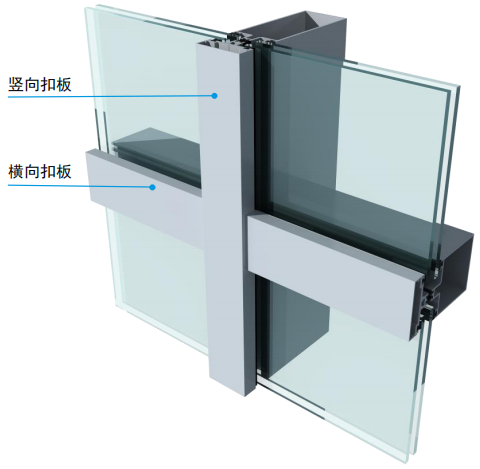

The Significance of Tin Float Glass in Modern Applications
Tin float glass, a remarkable innovation in the glass manufacturing industry, has revolutionized how we perceive and use glass in various applications. The process, developed in the mid-20th century, involves floating molten glass on molten tin, resulting in a flat, smooth, and high-quality glass product. This method has significant implications across multiple sectors including architecture, automotive, and consumer electronics.
A Breakthrough in Production
The tin float glass process was first introduced by Sir Alastair Pilkington in 1952. Prior to this invention, producing flawless sheets of glass was fraught with challenges, often leading to imperfections such as bubbles and distortions. The innovative floating technique allows glass to form a perfectly flat and uniform thickness as it cools down on the surface of molten tin. This method not only enhances the quality of the glass but also increases production efficiency. The result is a high-quality, aesthetically pleasing product that is easy to obtain in large quantities.
Characteristics and Advantages
One of the primary characteristics of tin float glass is its clarity and optical purity
. The glass produced through this method is free from distortions, providing excellent visual quality for applications that require transparency. Additionally, the glass produced is relatively strong and resistant to thermal stress, making it suitable for a variety of environments.Another significant advantage of tin float glass is its versatility. It can be easily fabricated into various shapes and sizes, making it applicable in numerous sectors. Architects and designers favor float glass for building facades, windows, and interior features due to its sleek appearance and functionality. In the automotive industry, it is employed for windshields and windows, where clarity and strength are paramount.

Environmental Considerations
In an era increasingly attuned to environmental sustainability, tin float glass also stands out. The production process is relatively low in emissions compared to other glass-making methods. Moreover, glass is a recyclable material, and tin float glass can be recycled indefinitely without loss of quality. This attribute aligns with global moves towards reducing waste and embracing sustainable practices, making it an attractive choice for eco-conscious consumers.
Applications in Consumer Electronics
In recent years, the demand for tin float glass has surged in the consumer electronics sector, particularly in screens for televisions, smartphones, and tablets. Given the rapid advancements in display technology, manufacturers require glass that not only provides optical clarity but is also durable and capable of withstanding the rigors of daily use. Tin float glass meets these requirements effectively, contributing significantly to the quality of modern electronic devices.
Conclusion
Tin float glass represents a significant advancement in glass manufacturing, bringing together aesthetic qualities, durability, and environmental considerations. Its impact on various industries, from architecture to consumer electronics, cannot be overstated. As we move towards a future that increasingly prioritizes sustainability and high-performance materials, the relevance of tin float glass will undoubtedly continue to grow. With ongoing research and development, we can expect further innovations in this area, leading to even broader applications and improvements in our everyday lives. The journey of tin float glass is far from over; it is poised to play a crucial role in shaping the landscape of materials we rely on for a multitude of purposes.